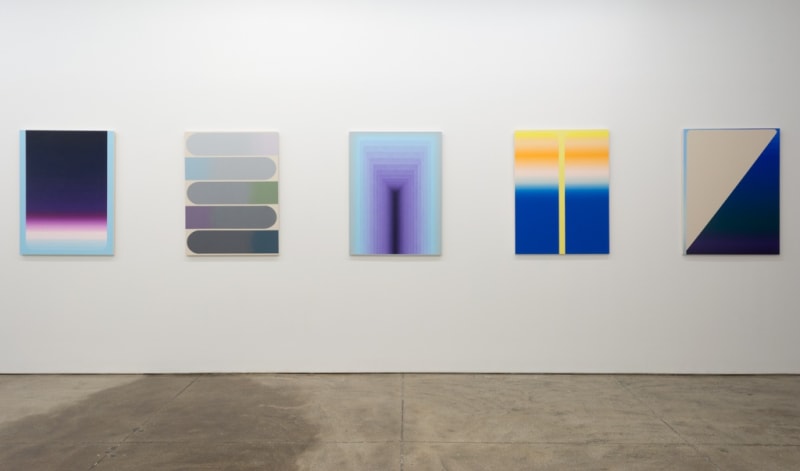By 1958, Mark Rothko had become increasingly resistant to discussing his process and labeling his genre of painting, while at the same time was proselytizing about the spiritual quest behind it all. That year he agreed to do a talk at the Pratt Institute, where he surprised the audience by offering a near-practical “recipe” composed of seven ingredients for creating a work of art. The first ingredient was “There must be a clear preoccupation with death – intimations of mortality…Tragic art, romantic art, etc., deals with the knowledge of death.”
No doubt some listeners rebelled at this formula – “What’s Pollock’s ‘No. 5’ got to do with death, Mark?” – but on consideration the logic is inescapable. As Shakespeare said to his patron in Sonnet 60 about his nemesis, Time:
“…nothing stands but for his scythe to mow:
And yet to times in hope my verse shall stand,
Praising thy worth, despite his cruel hand.”
Art is man’s triumphant shaken fist at the inevitable. Keat’s bold lover and unravished bride will never consummate, but also never fade: after each generation wastes, they remain, immobilized and immortalized on the Grecian urn, “a friend to man.” The intimation of mortality lurks behind all human striving, and thus any work of art. You don’t have to have read too much Nietzsche - and Rothko had - to aspire to be a tragic Dionysian. The way to defy human fate is to create an experience, a “friend to man,” that unites viewers beyond your single self, inspiring them, giving them the seventh ingredient in the recipe: “Hope. 10%. to make the tragic concept more endurable."
In her recent exhibition, “By Fire,” at the Morgan Lehman Gallery in New York, painter Audrey Stone succeeds on her tragic Dionysian mission. Through a visual and conceptual gematria, as we shall discover, she converts Death into Life.

